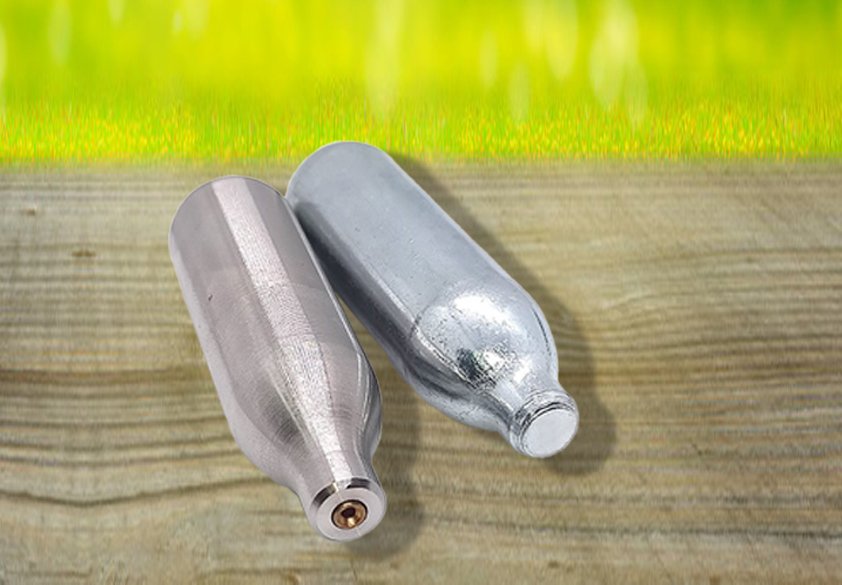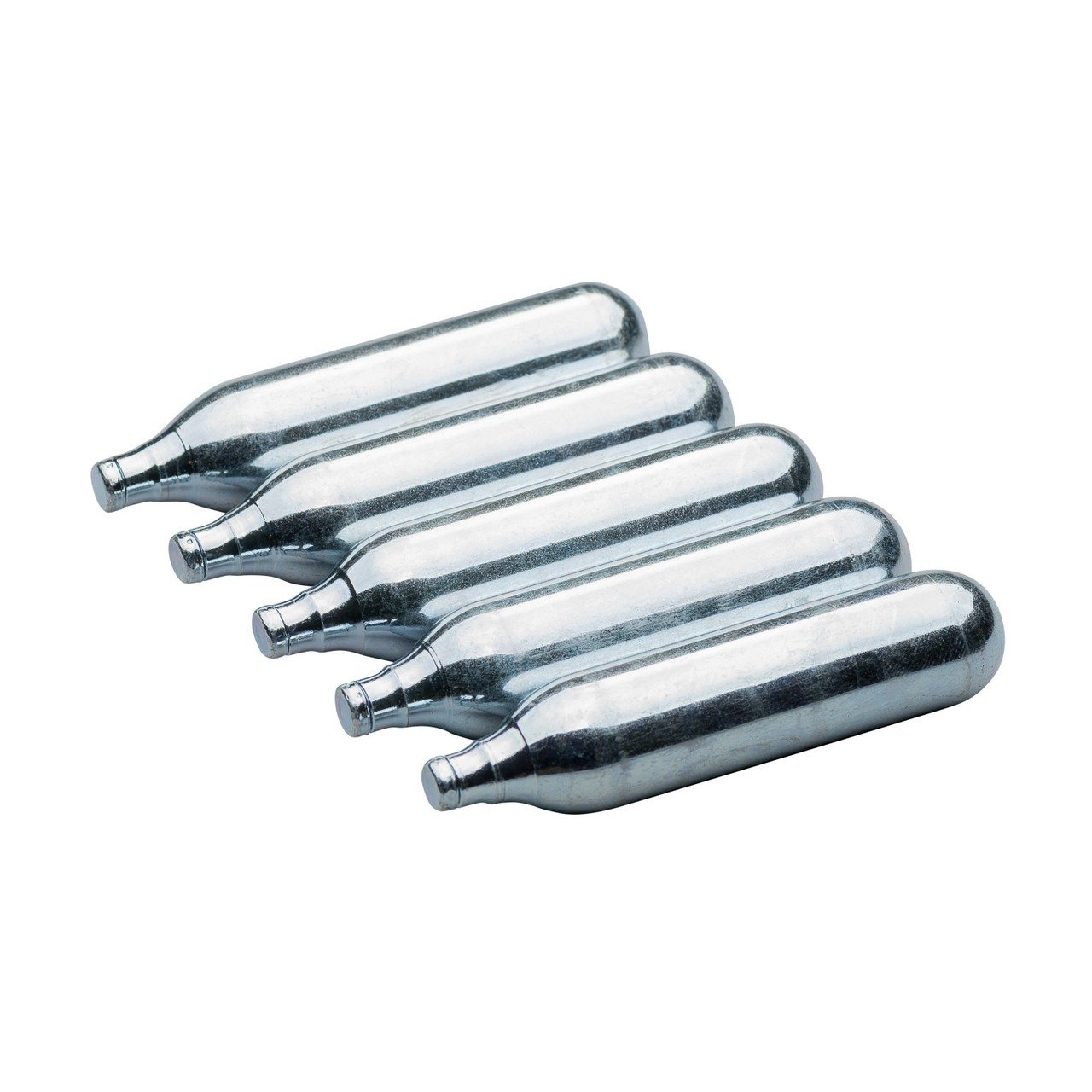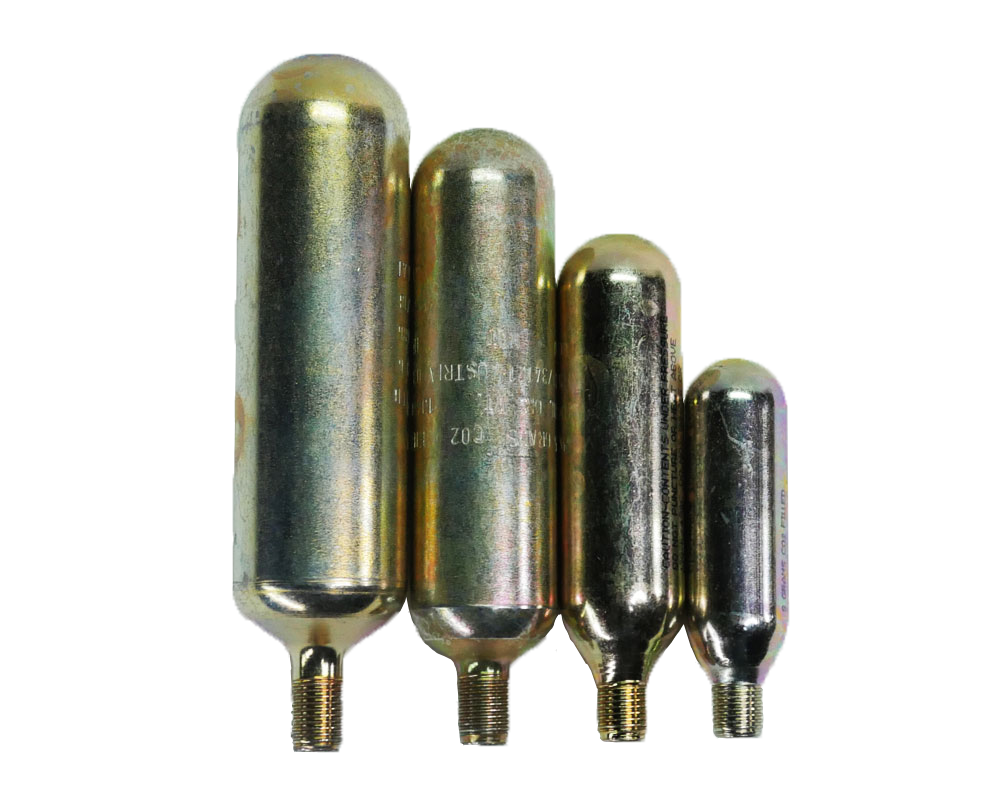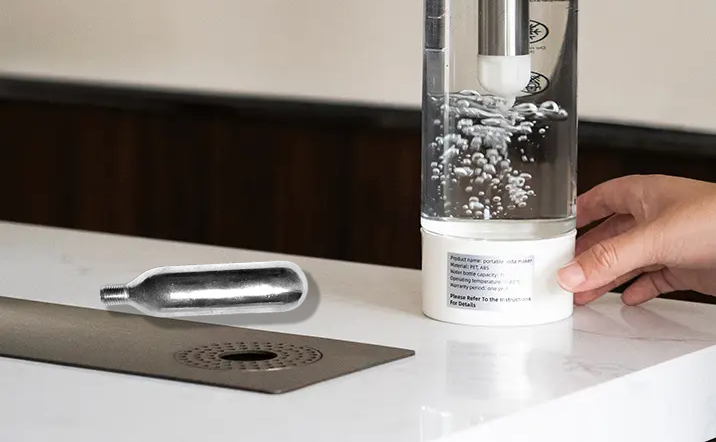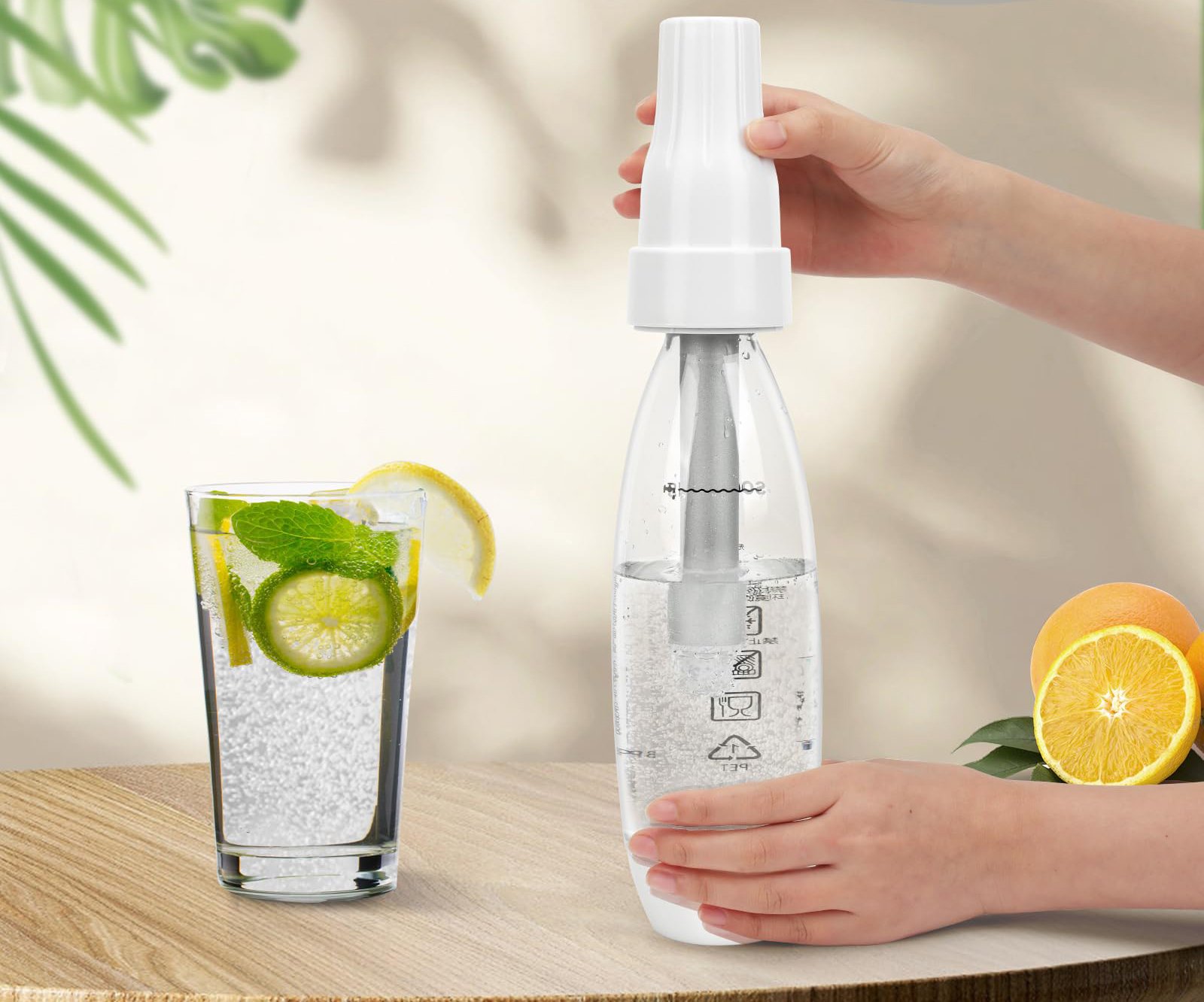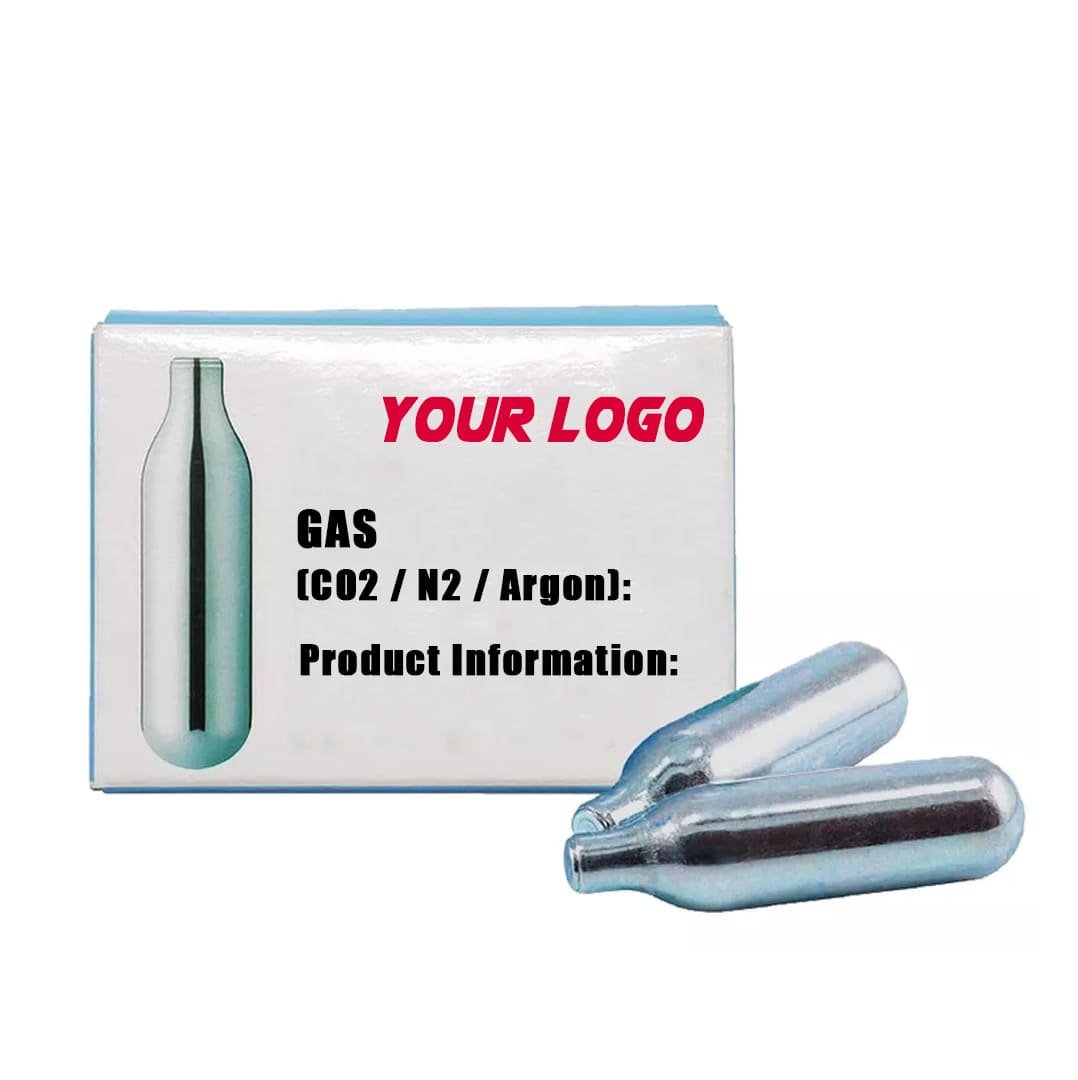Importing CO2 cartridges from China can be profitable, but it comes with challenges like compliance, shipping regulations, and quality control. Whether you’re sourcing for beverages, industrial use, or safety applications, understanding the process is essential.
In this guide, I’ll break down everything you need to know about importing CO2 cartridges, from regulations to logistics and cost management.
What Are the Regulatory Requirements for Importing CO2 Cartridges?. Regulatory Compliance and Certifications

CO2 cartridges are classified as hazardous goods, meaning compliance with local and international regulations is mandatory.
Key Compliance Factors:
- International Certifications: Look for CE, FDA, or UL approvals, depending on your market. These certifications ensure product safety for food, medical, or industrial use.
- Local Regulations: Each country has specific rules for importing pressurized gas containers, such as testing reports, labeling requirements, or registration mandates.
- Shipping Documentation: Ensure your supplier provides Material Safety Data Sheets (MSDS) and follows IMDG, IATA, or ADR shipping rules for hazardous materials.
What Import Taxes and Tariffs Apply to CO2 Cartridges?

Understanding tariffs, duties, and taxes is crucial to managing costs effectively.
- Import Duties: Duties depend on the customs classification code. Work with a customs broker to determine applicable rates.
- VAT or Sales Tax: Many countries charge VAT or sales tax on imported goods, impacting your total cost.
- Customs Valuation: Costs include product price, shipping, and insurance. Confirm how your customs authority calculates these fees to avoid surprises.
How Do You Ship CO2 Cartridges from China?

Since CO2 cartridges are hazardous goods, shipping them requires special handling.
- Packaging Requirements: Suppliers must use IMDG or IATA-approved packaging to prevent leaks or explosions during transit.
- Shipping Methods:
- Sea Freight: Cost-effective for bulk orders.
- Air Freight: Faster but expensive, with stricter regulations.
- Land Transport: May be an option for neighboring regions.
- Lead Times: Expect delays due to customs clearance and special handling requirements.
What Documents Are Needed for Customs Clearance?

Customs clearance is often the most time-sensitive step in the importing process.
Essential Documents:
- Commercial Invoice: Specifies product details and declared value.
- Packing List: Lists packaging specifics and quantities.
- Bill of Lading: Acts as proof of shipment.
- Certificate of Origin: Confirms product origin.
- Safety Data Sheets (SDS): Required for food, beverage, or medical-use cartridges.
Customs Inspection:
Be prepared for potential delays if authorities decide to inspect your shipment. Working with an experienced customs broker can help minimize issues.
How Do You Ensure the Quality of CO2 Cartridges?

Verifying product quality before shipment prevents defects and costly returns.
Quality Control Measures:
- Pre-Shipment Inspection (PSI): Hire third-party inspectors to check for leaks, pressure ratings, and material integrity.
- Post-Arrival Testing: Conduct sample tests to confirm compliance with your specifications.
How to Manage Costs and Reduce Risks When Importing?

A well-planned pricing and payment strategy helps mitigate risks.
Key Pricing Factors:
- Order Volume: Bulk purchases often get discounts but may have higher shipping costs.
- Customization: Logo printing, unique packaging, and other modifications impact pricing.
- Duties & Taxes: Always include tariffs and VAT in cost calculations.
Payment and Risk Management:
- Payment Methods: Use secure options like Letters of Credit (L/C) or escrow services for protection.
- Insurance: Cargo insurance covers loss or damage during transit.
Are There Environmental Considerations When Importing CO2 Cartridges?

Sustainability is becoming a major factor for businesses and consumers.
Eco-Friendly Importing Tips:
- Recyclable Materials: Work with suppliers that use sustainable packaging.
- Recycling Programs: Some manufacturers offer end-of-life recycling for used CO2 cartridges.
Conclusion
Importing CO2 cartridges from China involves navigating compliance requirements, logistics, and quality control. By choosing the right supplier, understanding regulations, and planning for shipping challenges, you can streamline your supply chain and avoid costly mistakes.
Need a reliable CO2 cartridge supplier? Connect with trusted manufacturers and start importing today!
Recently updated articles:
- How to Choose Between Stainless and Aluminum CO2 Cartridges – Pros & Cons Explained
- Which CO2 Cartridges Are Easier to Replace?——Buyer’s Guide for OEMs and Distributors
- Having Trouble with Your CO2 Cartridge Fit? Common Compatibility Issues Explained
- Why Your CO2 Cylinder Isn’t Working – Top 3 Soda Maker Issues Explained
- How Long Do CO2 Cartridges Last in Soda Makers? (8g to 88g Usage Comparison)

